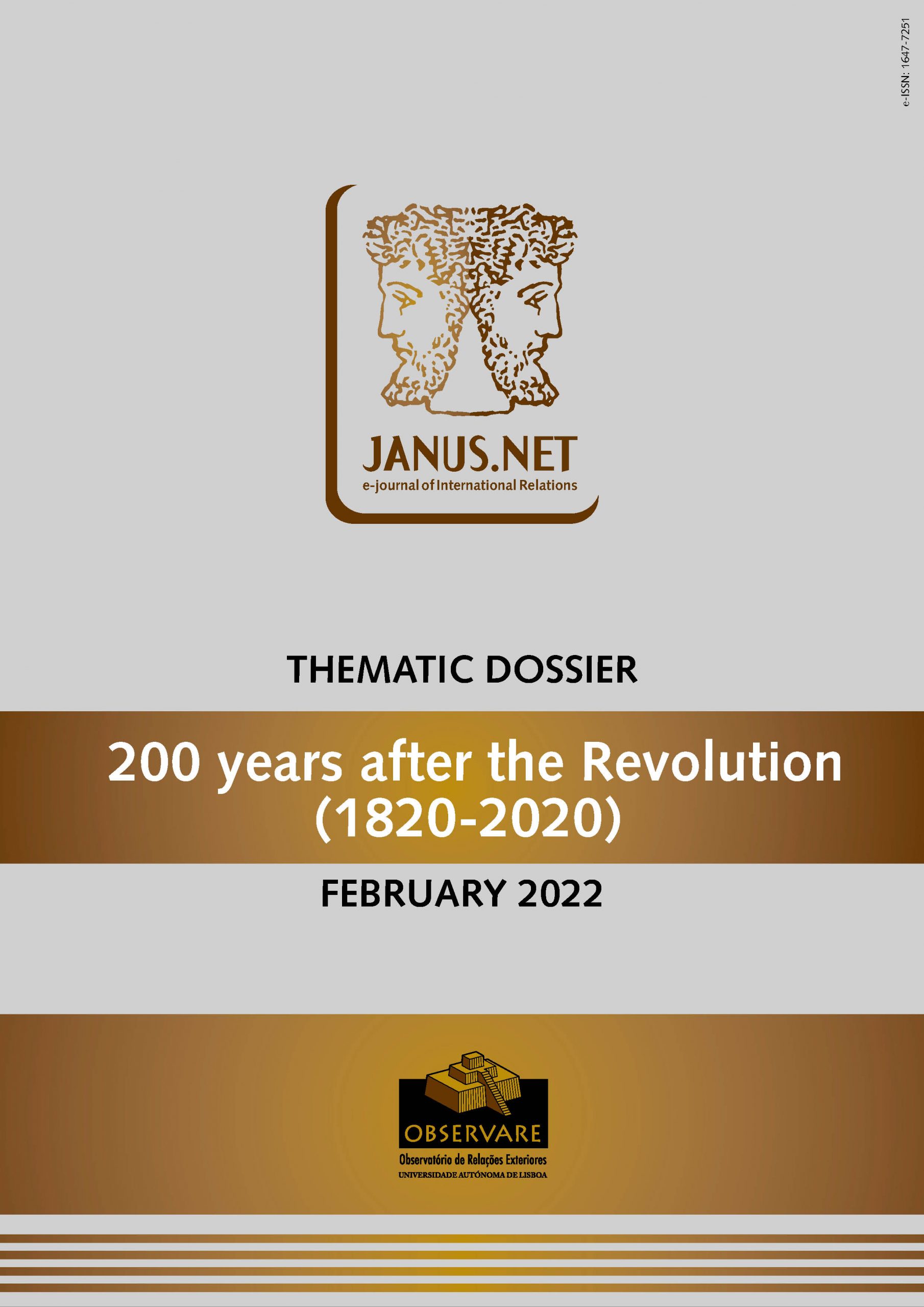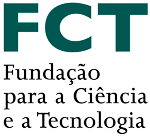The right to dissolve the elected chambers of parliaments was generally enshrined in the European liberal constitutions of the 19th century as one of the prerogatives of the heads of state in exercising the executive power assigned to them. In Portugal, the Constitutional Charter of 1826 instituted a fourth power – the Moderating Power – which added to the traditional legislative, executive and judicial powers and belonged exclusively to the monarch, in addition to the executive power, of which he was the head. Under the influence of Benjamin Constant, one of the royal powers within the scope of the moderating power was the dissolution of the Chamber of Deputies, which the monarch could decree whenever “the salvation of the State” required it. It was an exceptional measure that should only be used in extreme cases of national political life. However, this royal prerogative became trivialized, becoming a political means used by governments to obtain parliamentary majorities through the use of fraudulent elections. Political practices departed significantly from the constitutional norm and dissolutions of the elective chamber would come to play an important role in the functioning of the regime.
This paper examines the constitutional norms and analyses the ten dissolutions of the Chamber of Deputies decreed between 1834 and 1865, highlighting the enormous gap that separates the formal constitution from the real constitution, resulting from the political practices of the agents of power and of the institutions themselves.















